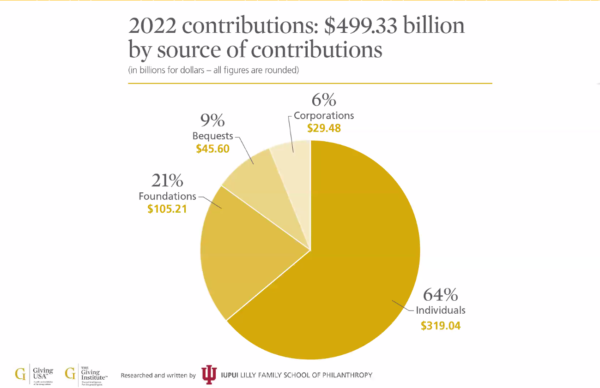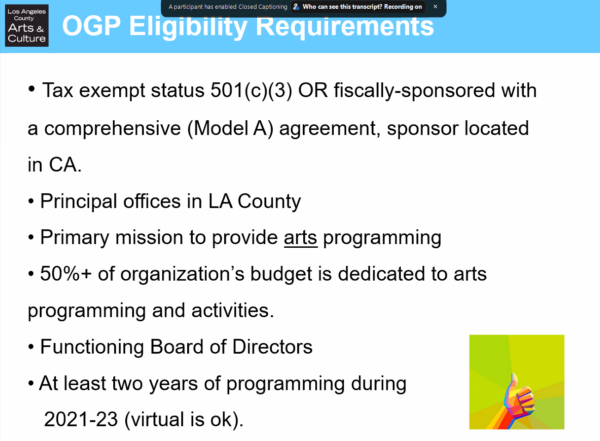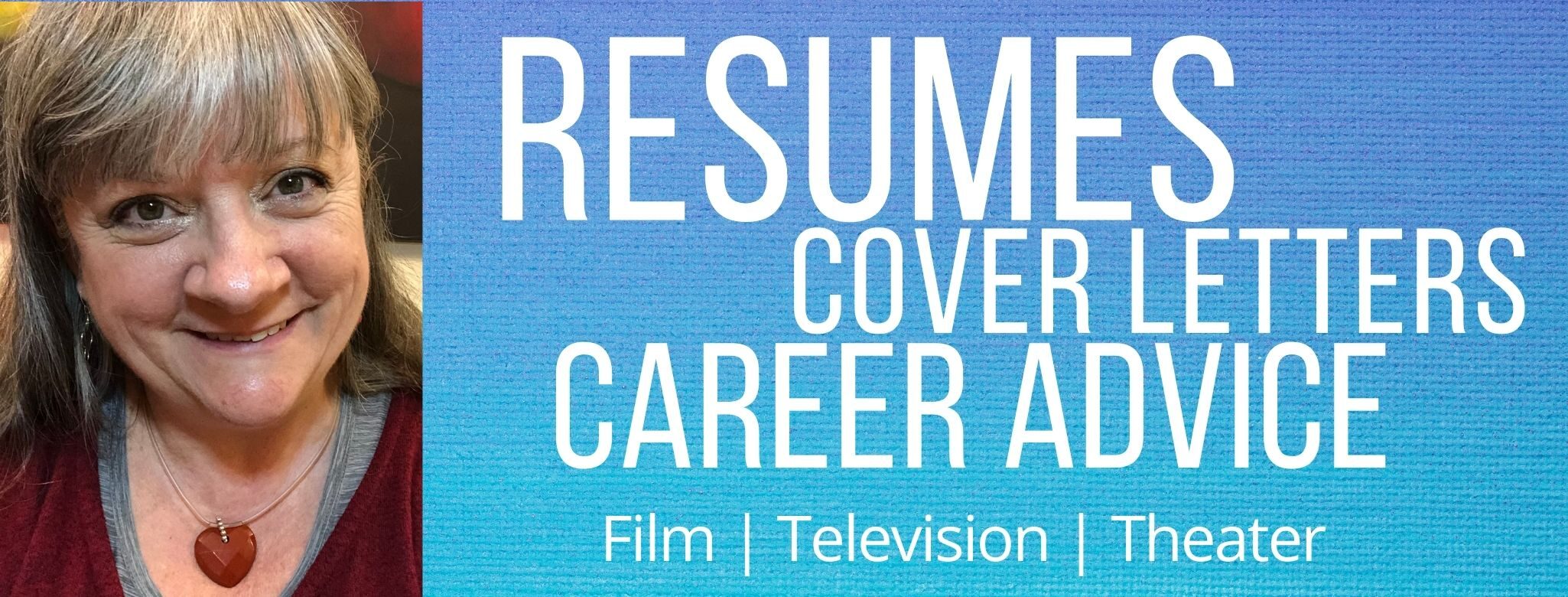
The longer your film, the smaller the proportion of your budget is likely to come from grants. But even an indie feature might benefit from including grant seeking as part of their funding strategy, and documentary shorts might be able to cobble together several grants to cover a high proportion of your planned costs.
Overview of grants
There are several broad types of grants which generally use different language.
The most common is Project Grants. Projects have a clear end point, with specific goals and measures of success. In terms of filmmaking, the film might be the “project”, but so might a part of the process such as development, production, post-production, impact campaign, distribution activities (eg Festival entry) or some portion of the costs for this. For example, you might find a grant for editing or color correction offered by a vendor, which would technically be a type of project grant. There are projects grants ranging from around $1000 to up to $100,000. Obviously the grants with the higher amounts are very competitive.
The other types of grants are more focused on the needs of non-profit organizations including Operating Grants (which generally fund ongoing open-ended activity and administration), Capacity building which has to do with either serving more individuals in your core audience group, or adding more groups to your audience, and Capital Grants which have to do with buildings, facilities and equipment and are rarely part of a film production’s purview.
The other important part of grant seeking is to understand the types of grantor organizations – my focus here is on the US.
These break down into public money ie government grants – federal, regional, state, county, and city granters, including local groups which disburse (or “regrant”) monies from higher sources – and private grant makers – Private foundations, Corporate foundations, Corporations or businesses themselves, charitable/non-profit organizations, donor advised funds, giving circles, and of course high net-worth individual “angels”. There are also international grants.
Filmmaking support organizations that offer various filmmaking grants like Sundance Institute, Chicken and Egg, Film Independent, and those indie film festivals that offer grants, would usually fall under either businesses, private foundations or charities/non-profit organizations. Most are mission driven. A Foundation by definition is required by law (the IRS) to give away 5% or more of their revenues and assets gained from the prior year.
Most of the grants available or useful to filmmakers will come from the private sector, in some degree because the government grant system works on much longer time frames. Federal arts grants (eg the NEA) take 8-9 months just to make a decision, and then the grant period will be the following year. Plus they rarely offer grants to individuals or private companies. Your film project should be fiscally sponsored by a non-profit which allows donors to receive a tax deduction.
- Tip: Beware when selecting your fiscal sponsor – make sure that it is set up for federal grants if you want to pursue NEA GAP grants or NEH grants.
Most of the government grants of substance come with a matching fund requirement, but the good news is that these can be in cash (sometimes with a minimum percentage) or in-kind goods and services. Corporations sometimes offer grants for the use of their services or equipment – such as editing software, which is closer to sponsorship that grantmaking.

This reminds me briefly to address Sponsorship which is a related but different funding source. Like considering product placement, sponsorship is a funding strategy that should be woven into your earliest budget planning. Don’t be afraid to approach different companies for product placement even with a short film. The agencies usually won’t touch a short, but sometimes an individual company will especially for a hero prop. (See the telescope and its branded box in MOON kindly provided by Celestron.)
- Women in Media has a bunch of industry sponsors that provide generous discounts to members for equipment/package rental and other needed items. The value of these discounts may be considered as part of the in-kind cost matching.
Since Development grants exist, especially for documentary, it is very worthwhile to start investigating grants early before you have started shooting, even at the idea stage.
Another factor in grants for filmmakers is the high number of grants that include a professional development or training aspect. This is particularly strong in Europe where almost all grants have a mandatory attendance at a training, networking, workshop series or conference as part of the award. Even in the US, the value of the networking connections that these “labs” provide is huge. In some cases, such as with Film Independent, gaining one of the lab awards is essential to qualify for future cash project grants.
This means that awareness of these grants and how they might fit into your production schedule is as important as scheduling the applications. Don’t wait to start researching!
Writing Grant Applications
Grant makers want you to “make your application competitive”. A “competitive application” will have certain characteristics:
- Read and understand the guidelines for each grant and follow them to the letter.
- Understand the goals and mission of the granting organization and make sure your ask fits THEIR goals. Your missions should align. Yes, it is EXACTLY like writing a job application and customizing your resume.
- Use up the character or word counts they give you.
- Take the opportunity to use every box that is offered including the optional ones.
- Clarity of detail in all aspects – including the audience you plan to reach. Get granular about describing your audience and the impact you hope for.
- Especially have clarity and accuracy in the budget information – most project grants want to see two budget documents – the organizational budget and the project budget. In the case of filmmaking grants, your full line item budget must be clear and accurate. Many funders provide budget templates.
- Note that Impact budgets are separate.
- Do use the narrative box of the budget section to clarify details and explain how you have reached these numbers
- Most funders are interested in seeing that you intend to pay your people at least something
- Most funders do NOT expect to pay for the entire budget of any project – even when they do not have a matching fund requirement.
- Most funders want you to have at least an idea of where the rest of the money will come from, and will ask about how much you have already secured and the sources.
Allow plenty of time, especially for multi-step application processes such as a Letter of Interest (LoI) – which may or may not have its own form application.
Additional tips
Do seek feedback from good writers and online information sources.

Do attend any and all informational webinars if the funding organization provides them. The NEA workshops are great, especially the “office hours” where you can ask questions. It’s great to actually tell them about your project and ask a question about approach. You can always tell when their ears perk up – it is a great way to add a layer of visibility and to understand the goals for this funding cycle. The goals do change – not always quickly but over time.
